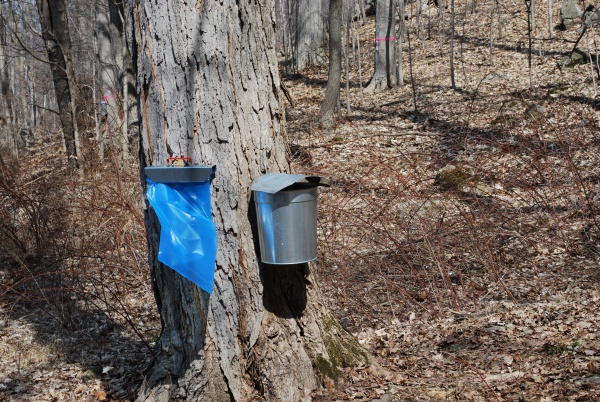Facts About Maple syrup
Maple syrup is a delectably sweet treat derived from the sap of various maple trees. To produce it, sap is collected from tapped trees and heated to evaporate the water, leaving behind the rich, concentrated syrup we cherish. This method was pioneered by Indigenous peoples in North America and later embraced by European settlers. Today, Quebec, Canada, stands as the world's premier producer of maple syrup.
Maple syrup is graded based on its density and clarity, with sucrose being its principal sugar. It's a favored topping for breakfast foods like pancakes and waffles and is also a versatile ingredient in baking. Over the years, production methods have evolved significantly, incorporating innovations such as evaporators and modern processing techniques.
Most maple syrup production occurs in northeastern North America, with Canada leading the charge. Both Canada and the United States have standardized grading systems to ensure quality. Maple syrup is renowned for its distinctive flavor, derived from a complex blend of different compounds.
Strict regulations govern labeling and packaging to ensure that consumers receive an authentic, high-quality product. Maple syrup holds substantial cultural significance in Canada and certain U.S. states. Notably, the sugar maple leaf adorns the Canadian flag. Historically, maple syrup played a role during the American Civil War and was vital during periods of food rationing.
While there are imitations on the market, true maple syrup must be produced predominantly from maple sap. Its cultural importance is profound, symbolizing Canada and holding historical significance during times of conflict and scarcity.

 United States
United States